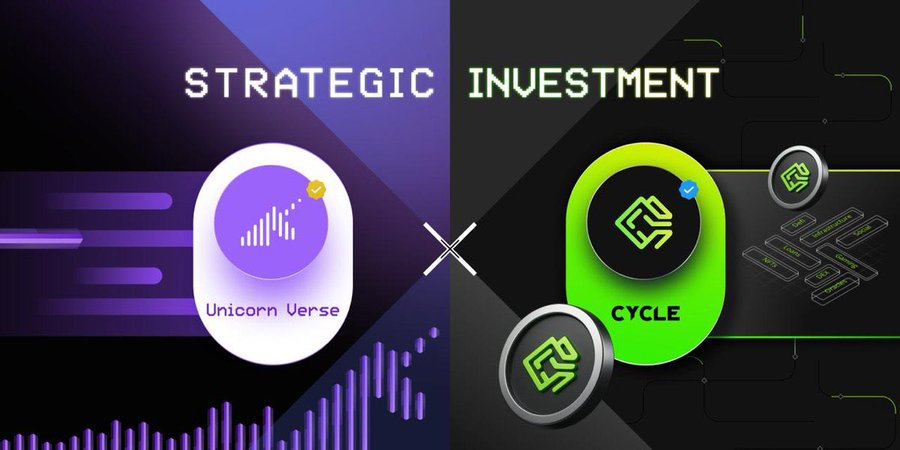Seizing the infrastructure dividend can only be done quickly, not slowly.
In 2018, while other public chains were still immersed in TPS competition and consensus mechanism optimization, Sun recognized the killer application potential of stablecoins. TRON profited from the deployment of USDT mainly due to:
Cost advantage crushing: TRON network transaction fees are extremely low, compared to Ethereum's gas fees which were often in the dozens of dollars at that time.
Deep cooperation closed loop: Building a complete USDT ecosystem with mainstream exchanges like Binance.
Emerging market penetration: Focusing on developing countries, where users are sensitive to transfer costs and have a strong demand for dollar stablecoins.
This strategy not only helped Tron avoid direct competition with Ethereum in developed markets but also occupied a key node in the global decentralized financial system.
The wheels of history roll forward. The signing of the US GENIUS Act on July 18, 2025, marks the entry of RWA infrastructure into a period of regulatory clarity. McKinsey predicts that the RWA market will reach $2 trillion by 2030, while BCG believes it will reach $16 trillion. Currently, RWA infrastructure is at a critical juncture similar to that of stablecoins in 2018. Which projects will profit from this? The answer may be @cyclenetwork_GO.
1/ Narrative Upgrade and Timing Window
Cycle has strategically upgraded to a "no cross-chain multi-chain settlement layer" #VisaNet. In terms of technical architecture, Cycle adopts a three-layer design:
Security Layer: Ensures state integrity based on Ethereum and zero-knowledge proofs.
Expansion Layer: Connects over 20 mainstream chains (including Monad, Berachain, BSC, Base, etc.) through decentralized endpoints.
Cycle Layer: Acts as a zkEVM Rollup to aggregate multi-chain activities, enabling seamless cross-chain interactions for users.
The upgraded Cycle focuses on the multi-chain issuance and circulation of stablecoins and RWA assets. The differentiated advantage of Cycle Network lies in its "liquidity abstraction" concept—not just simple asset bridging, but aggregating multi-chain states into a unified ledger. This architecture is particularly suitable for RWA scenarios, as real-world assets often need to be issued, traded, and settled across multiple chains.
In this positional battle for RWA infrastructure, Cycle Network is currently in a leading position.
2/ Token Performance Shines
Against the backdrop of a significant market downturn, $CYC has performed exceptionally strong:
• FDV remains above $100 million.
• The token price has maintained strength post-TGE, with a nearly 84% increase over the past 7 days.
From the perspective of selling pressure and unlocking:
Team and advisors (20%): 12-month lock-up period.
Investors (15%): 12-month lock-up period.
This means that before August 2026, there will not be significant selling pressure on $CYC. The selling pressure from the community and airdrops has mostly been digested since the TGE at the beginning of the month.
On August 16, Cycle announced a strategic investment from @unicornxdex and @unicornverse_io, becoming the latest Unicall project. Data shows that since the launch of UniCall, projects listed on UniCall have achieved an average growth rate of +507.3%.
Returning to the initial question—seizing the infrastructure dividend can only be done quickly, not slowly.
The essence of the infrastructure dividend is the timing window, rather than an absolute advantage at the technical level. The reason TRON succeeded in the stablecoin field is that it did the right thing at the right time. Currently, RWA infrastructure is at a similar historic window. Whether Cycle Network can succeed depends on its ability to quickly build an ecological moat during this window and convert its technical advantages into market position.

免责声明:本文章仅代表作者个人观点,不代表本平台的立场和观点。本文章仅供信息分享,不构成对任何人的任何投资建议。用户与作者之间的任何争议,与本平台无关。如网页中刊载的文章或图片涉及侵权,请提供相关的权利证明和身份证明发送邮件到support@aicoin.com,本平台相关工作人员将会进行核查。



